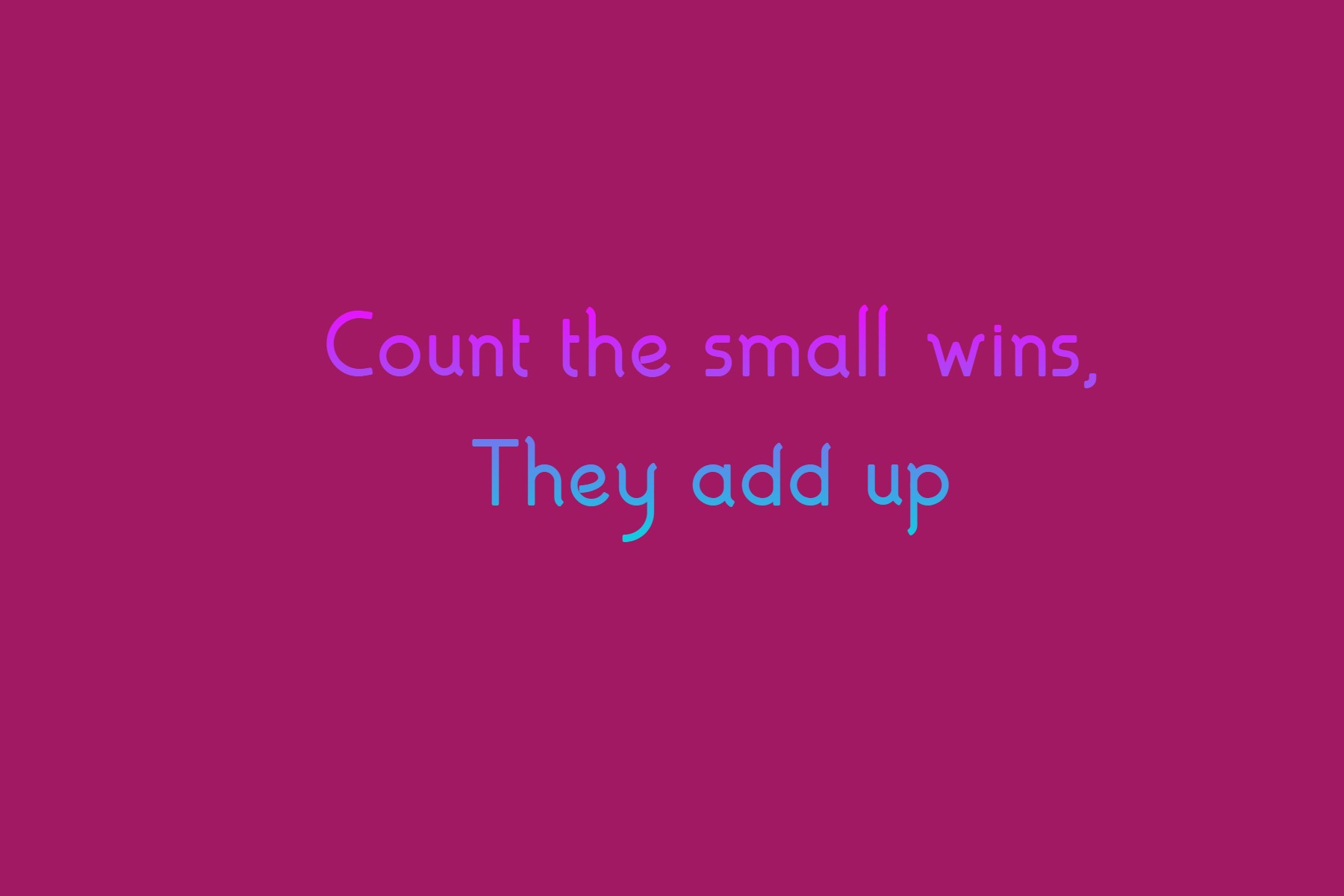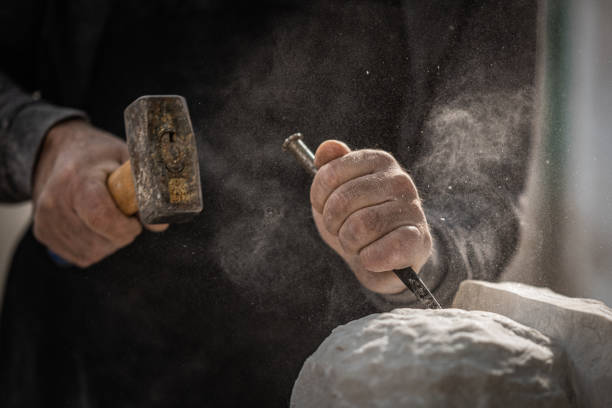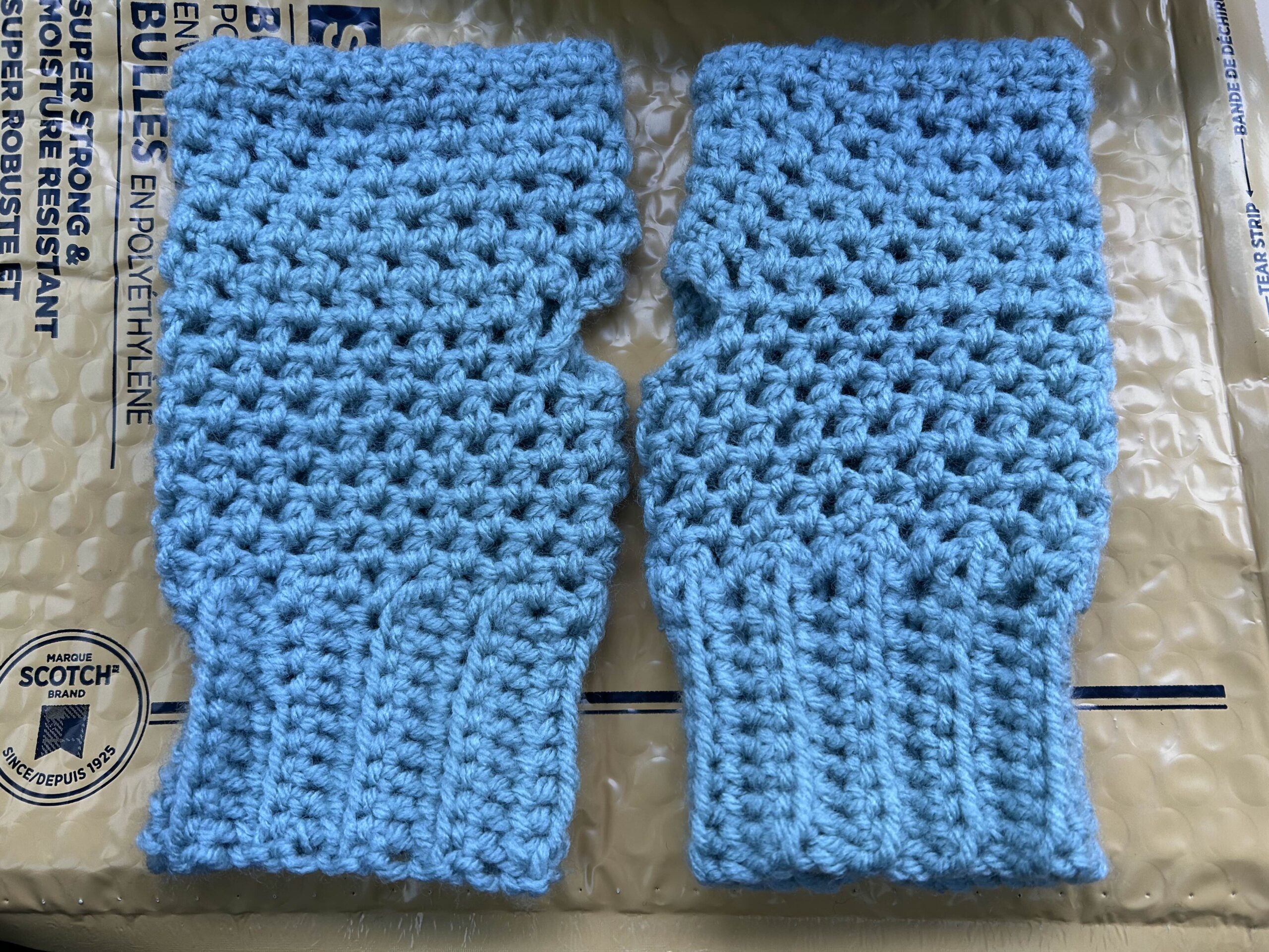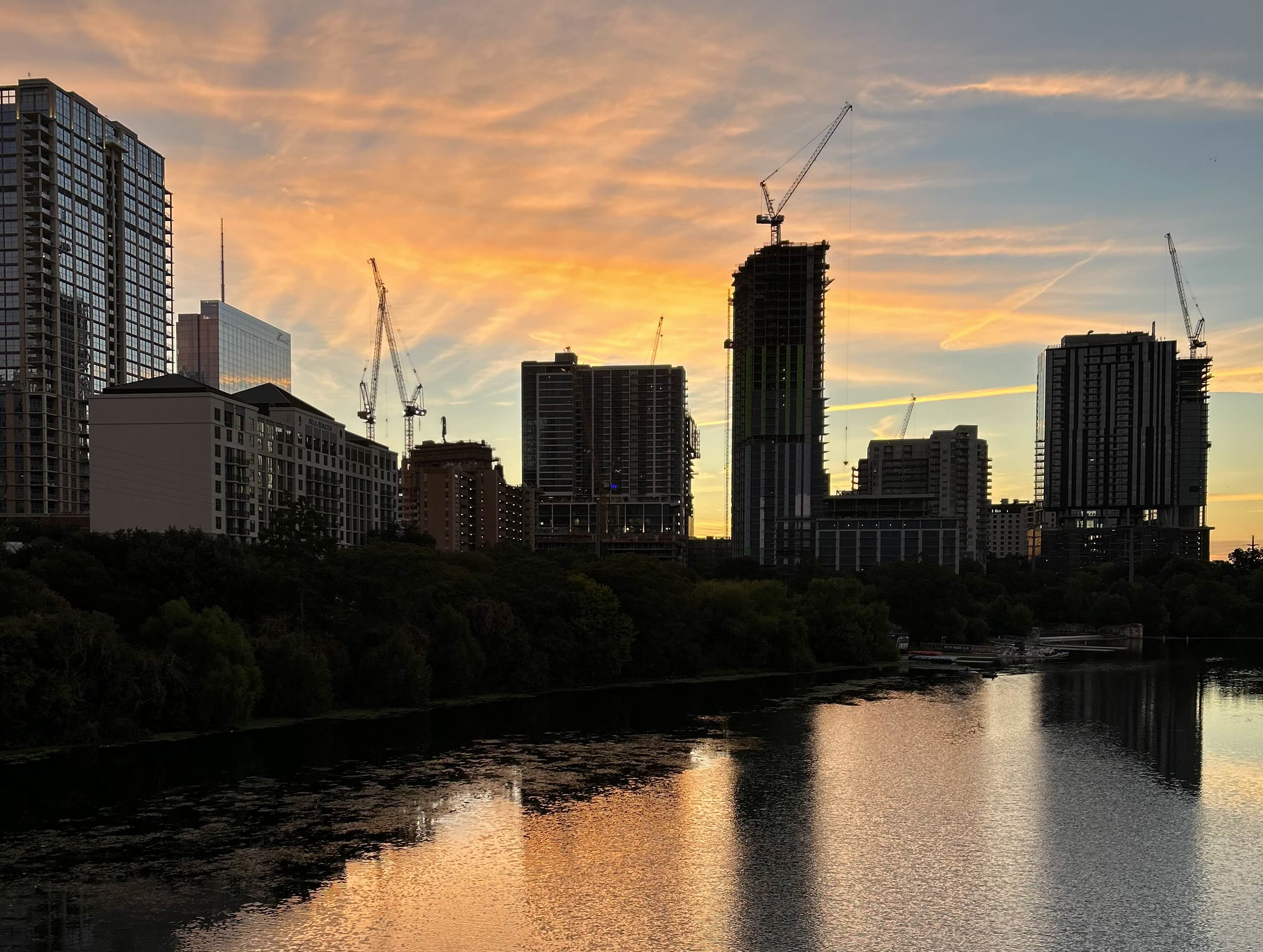Time doesn’t stop for anyone. While we’re off hiding in corners, hoping our problems magically disappear, the world keeps moving forward. And often, procrastination is the biggest thief of progress. It quietly reshapes our priorities, creating habits that eventually backfire.
I’ve done my fair share of procrastinating — since grade school, no doubt. Playtime and naps always seemed more appealing than homework. And like any habit left unchecked, it turned into a character trait. Who wouldn’t want to do what they want, when they want, and save responsibilities for the last possible moment? As long as nothing explodes in our faces, we rarely think much of it. Lessons don’t always stick unless life smacks us upside the head.
Now, well into adulthood, I still procrastinate with work, errands, personal goals — you name it. Especially when I’m my own supervisor: a legal adult but still a grown boy trying to figure it out. Honestly, isn’t that what adulthood is? A lifelong act of self-parenting.
I’ve had to learn to be a more patient, understanding parent to myself. The tough, haphazard discipline that didn’t work on me as a kid sure won’t now that I know better. Progress feels a lot like crocheting: slow, deliberate, and built one stitch at a time.
But here’s the good news — I’m making progress.
This blog has always been about Kaizen, the art of small, continuous improvements that lead to big changes. It isn’t easy being self-reflective. It takes guts to unpack the raw bits you’d rather ignore. But when you sit down with your thoughts, peel away the layers, and get honest with yourself, it’s surprisingly insightful.
I’ve used this space to deconstruct the meaning behind my habits and choices. It’s shown me that taking accountability also means taking control. If I’m the one making a mess, I’m also the one who can clean it up.
Don’t be afraid to step back and review your life. It’s easy to get stuck living on autopilot, assuming there’s no better way — but there always is. You can change your life’s trajectory overnight with a little intention and bravery.
Rome wasn’t built in a day, and neither will your best self be. The beauty of imperfection is that it’s expected. As long as you’re willing to be intentional and a little bit brave, you’ll slowly reshape your habits and mindset into something that serves you better.
Like this blog, my editing, my career skills — they’re rough around the edges. And that’s okay. There’s no single blueprint for success. The key is to work on what makes you happy in ways that don’t harm others. Do that, and you’re already living a more Kaizen life.










